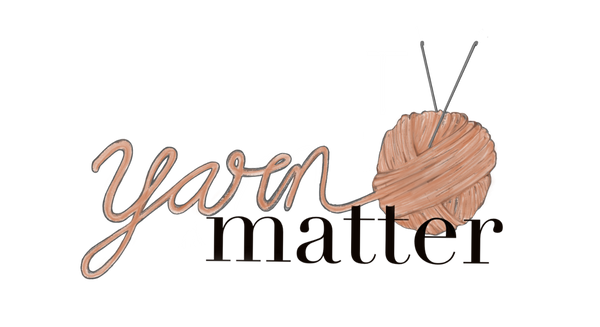Natural Dyes
All of my yarn is dyed with natural materials and each yarn listing contains the materials used to dye it. Here, you will find a complete list of the dye stuff I use if you would like to learn more about it!
I have not included dye materials used in Second Life skeins in this list because those materials are more commonly known.
Cochineal
Cochineal bugs (Dactylopus coccus) are scale insects that live on the nopal cactus through South America and the southwest US. Cochineal is the only natural red colorant that is approved for the use in food, drugs and cosmetics.
Cutch
Cutch trees (Acacia catechu) are native to southeast Asia and India. The brown dye stuff obtained from cutch trees is extracted from the heartwood, leaves, pods, and twigs of the trees.
Fustic
Fustic wood (Maclura tinctoria) comes from fustic trees that can be found from Mexico to Argentina. The yellow dye extracted from the wood is very versatile and is often combined with other materials to produce varying colors.
Indigo
Indigo plants (Indigofera tinctoria) produce the oldest dye known to humankind. Their leaves produce the only natural blue dye, though the colorant can be found in other plants.
Logwood
Logwood trees (Haematoxylum campechianum) are native to southern Mexico, where a purple dye can be extracted from its woodchips. Logwood dye is quite pH sensitive, so it was even used as a pH indicator at one time!
Madder
Madder root (Rubia tinctorum) produces a red dye that has been traditionally used to dye cloth. You can actually grow madder root yourself, but it takes about 2 years for the roots to be ready for harvest.
Sappanwood
Sappanwood trees (Biancaea sappan) are native to southeast Asia. Red to purple dye can be extracted from its wood, but it also contains medicinal properties!
Walnut
The dye extracted from black walnuts (Juglans nigra) come from the fleshy, outer hulls. This is a common source of brown dye throughout North America.
Weld
Weld plants (Reseda luteola) are native to Europe and western Asia, but have been introduced in North America and can be considered weeds. It produces a bright yellow dye that is often combined with other materials to create varying colors.
